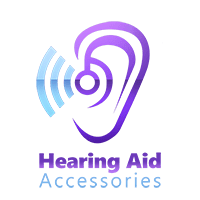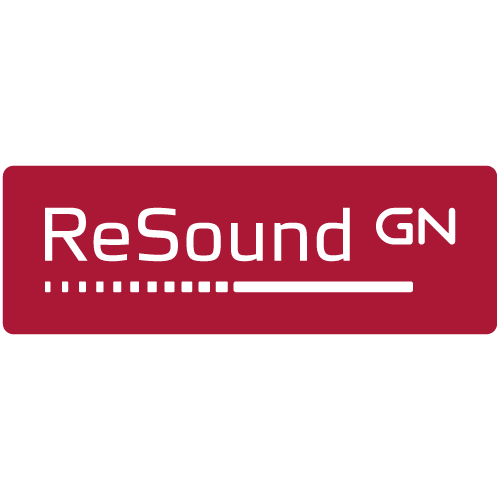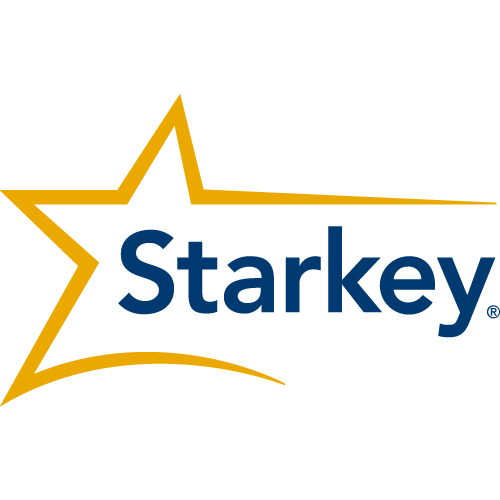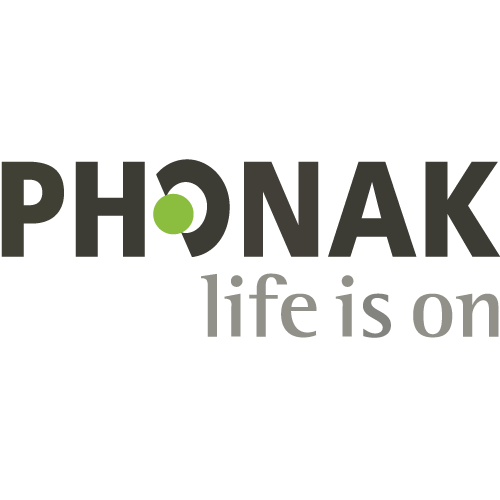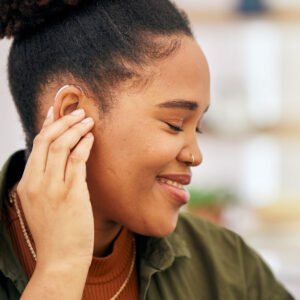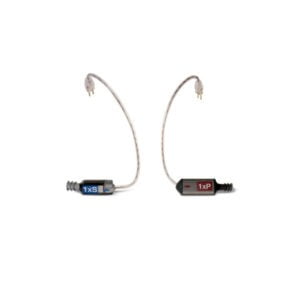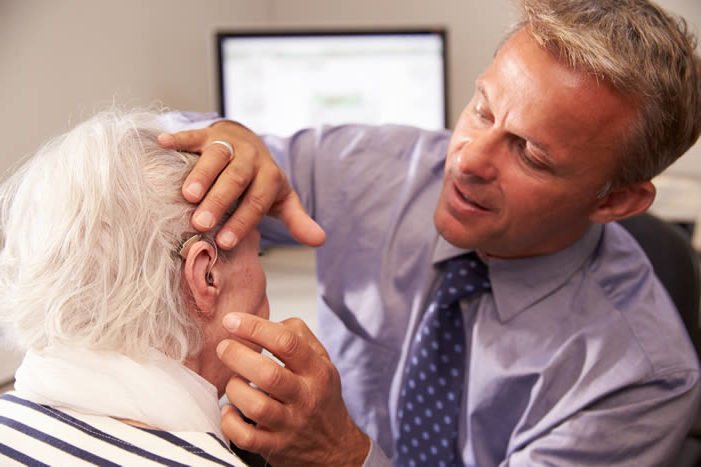Currently, around 11 million people across the UK are suffering from hearing loss. 50,000 of them are children. Whilst many students with hearing loss do incredibly well in school, they often need extra help to be able to learn to their full capacity.
How Does Hearing Loss Affect Children’s Learning Experience?
According to an analysis, deaf children meet struggles throughout all stages of their education: fewer than half reach the required standard in Key Stage 2 English and maths SATs in comparison to three quarters of other students.
Children struggling with hearing impairment may encounter various issues at school, including:
Difficulty with speech discrimination. Even if a deaf child is able to lip read, only 30-40% of the English language is distinguishable by lip reading. This makes hearing and understanding teachers extremely challenging for many students on the deafness spectrum.
Acoustic problems. Background noise can severely affect the speech discrimination abilities of individuals with hearing loss. Certain sounds in the classroom can interfere with hearing aids and cochlear implants, preventing children from being able to hear properly.
Language and literacy issues. These can include difficulties with phonological awareness, expressive vocabulary, listening comprehension, and others.
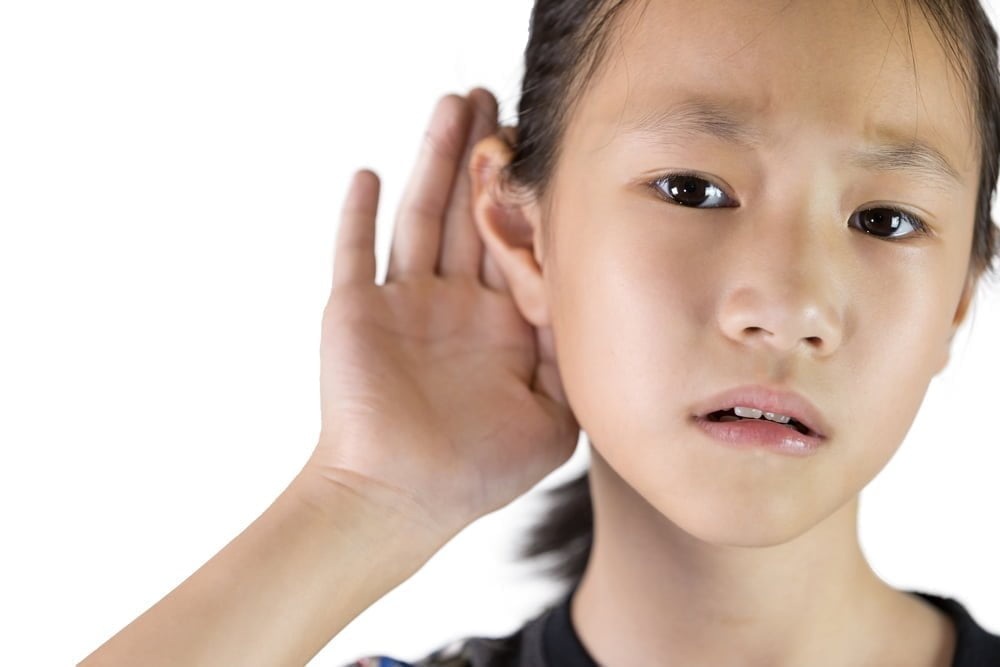
Insufficient resources. Since many schools operate on a tight budget, they are not always able to provide the equipment and accommodations that children with hearing loss require, like assistive devices or one-to-one tutoring.
Frustration and tiredness due to the extra concentration required in school.
Social isolation and emotional hardship. Children experiencing hearing difficulties may find it hard to communicate with others and make friendships and, unfortunately, are often the victims of bullying.
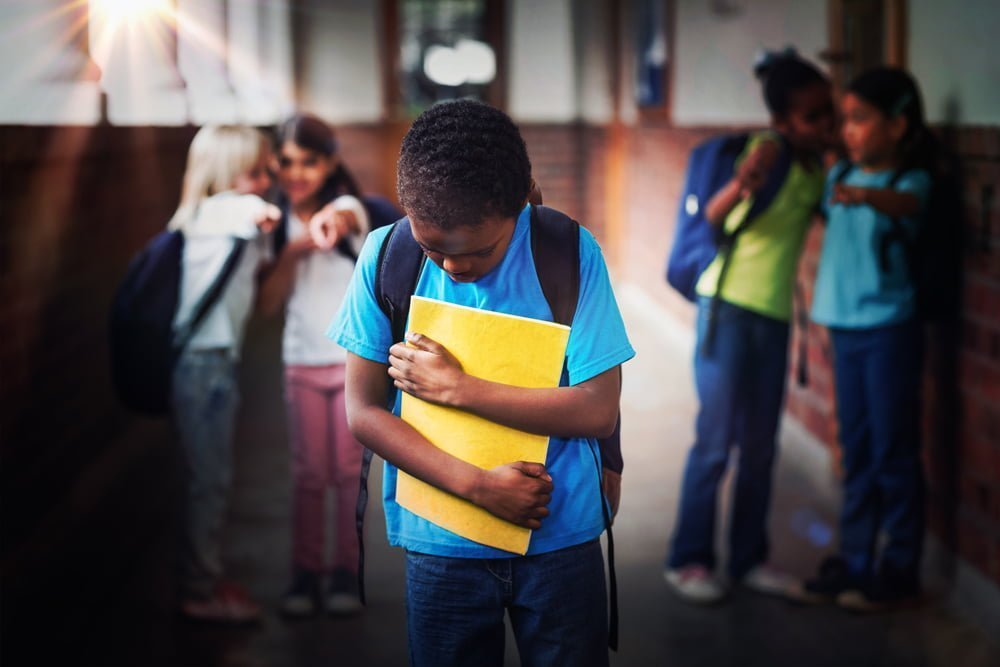
How to Support Children With Hearing Loss in School:
In order to excel in school, children on the deafness spectrum need to receive the right support as early as possible during their education. There are various strategies that can help with that. Some of these include:
Positioning. Pupils affected by hearing loss should sit at the front of a class. It is best if they sit with a friend who can offer support when needed. Sitting slightly to the side can also be helpful so that the student can see other pupils’ faces when they speak, and lip read.
Reducing background noise. Since hearing aids and cochlear implants amplify background noise just as much as speech, listening in noise is much harder for hard of hearing pupils. Even the noise of a regular busy classroom can prevent them from understanding speech well. This is why they should be allowed to sit as far away from any source of noise as possible. Teachers/tutors insisting on quiet when addressing the class is also important.
Class discussion support. It is highly likely that the pupil will have difficulty hearing other students’ comments and answers during class discussions. To tackle this issue, it is a good idea for the educator to develop a strategy of paraphrasing/summarizing their contributions from a position at the front of the class.

Providing visual back-up. It is harder for hearing impaired pupils to follow information when it is only presented verbally, thus it can be beneficial to ensure that keywords, learning objectives, and homework are written up.
Consistent Use of Hearing Aids
Consistent use of hearing aids helps hearing impaired children develop similar speech and language levels to their hearing peers during their educational experience. As speech development depends on hearing both your own speech and the speech of other people, it is essential that the pupil wears their hearing aids for as much time as possible during their waking hours.
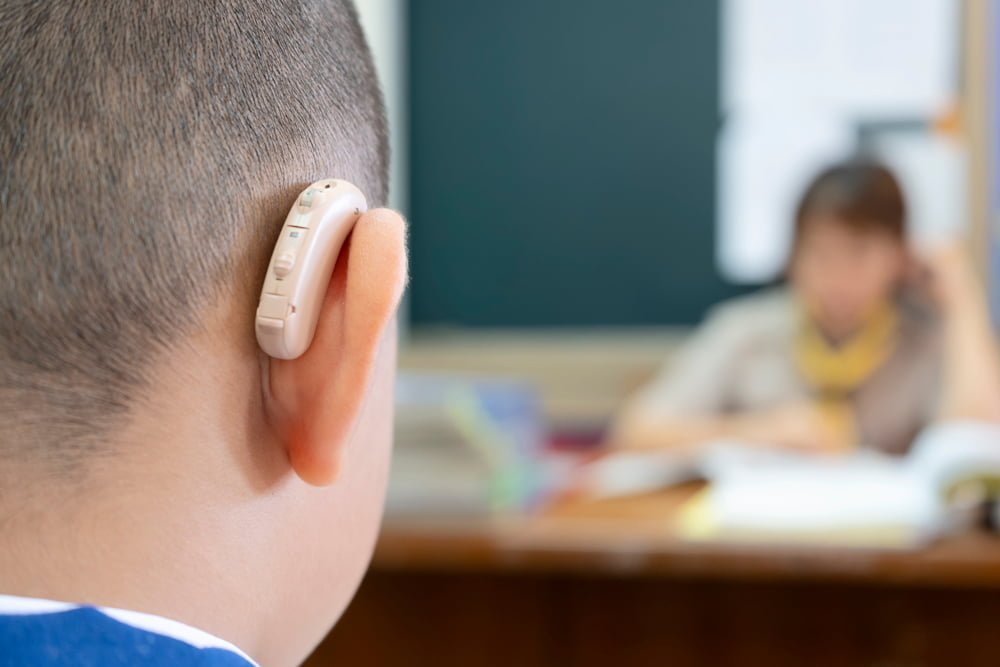
It is also important that they begin wearing appropriate hearing aids as early as possible: when hearing pathways aren’t stimulated by sound at early stages of life, they don’t develop as well as they should. This is why regular auditory stimulation is essential.
Benefits of Hearing Assistive Devices
Using hearing assistive technology can greatly benefit pupils with hearing loss by minimizing background noise and improving communication. Nowadays, there are various technologically advanced devices which, when used correctly, can completely transform hard of hearing children’s educational experience. We have listed some of our favourites below:
Oticon EduMic
This wireless remote microphone is the ideal classroom hearing accessory. The teacher can easily wear it either attached to their lapel, or around their neck using the adjustable lanyard that the device comes with. The Oticon EduMic improves speech understanding and reduces background noise, allowing children on the deafness spectrum to hear the teacher’s voice clearly and with ease.
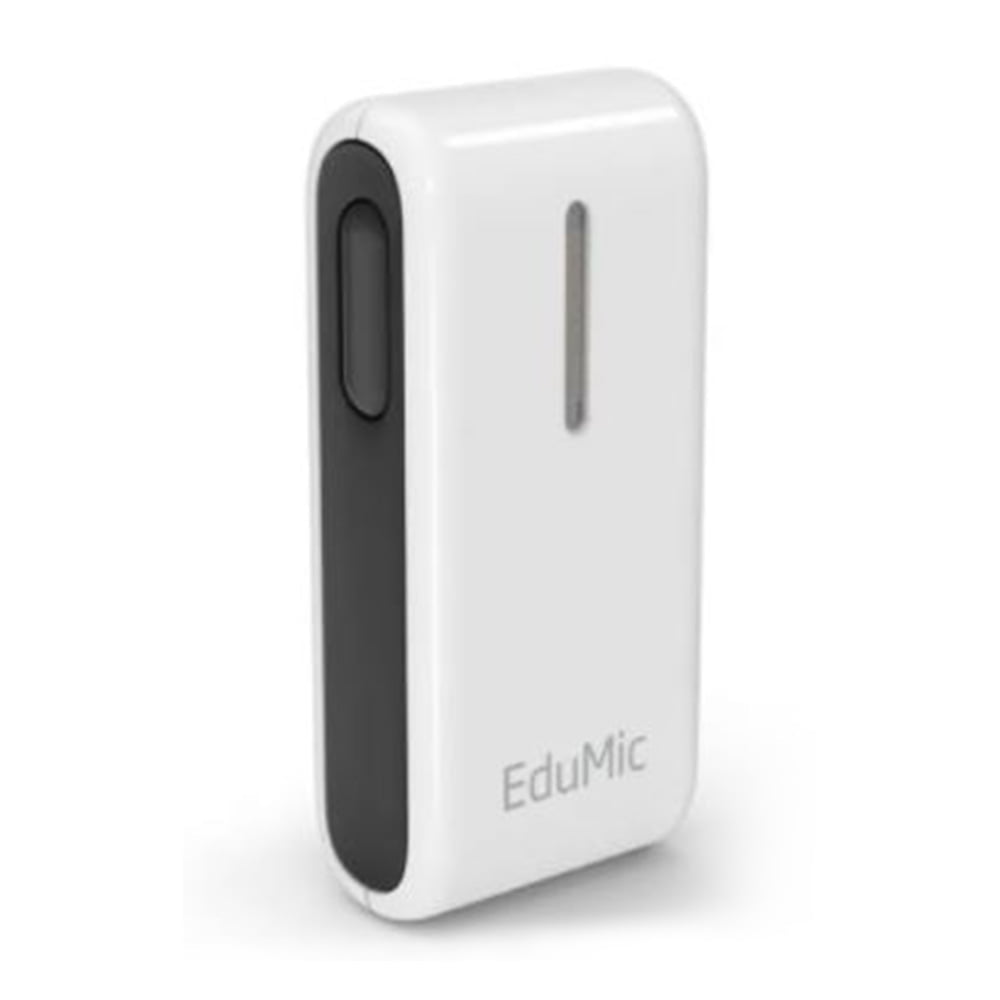
Phonak Roger Pass Around Mic
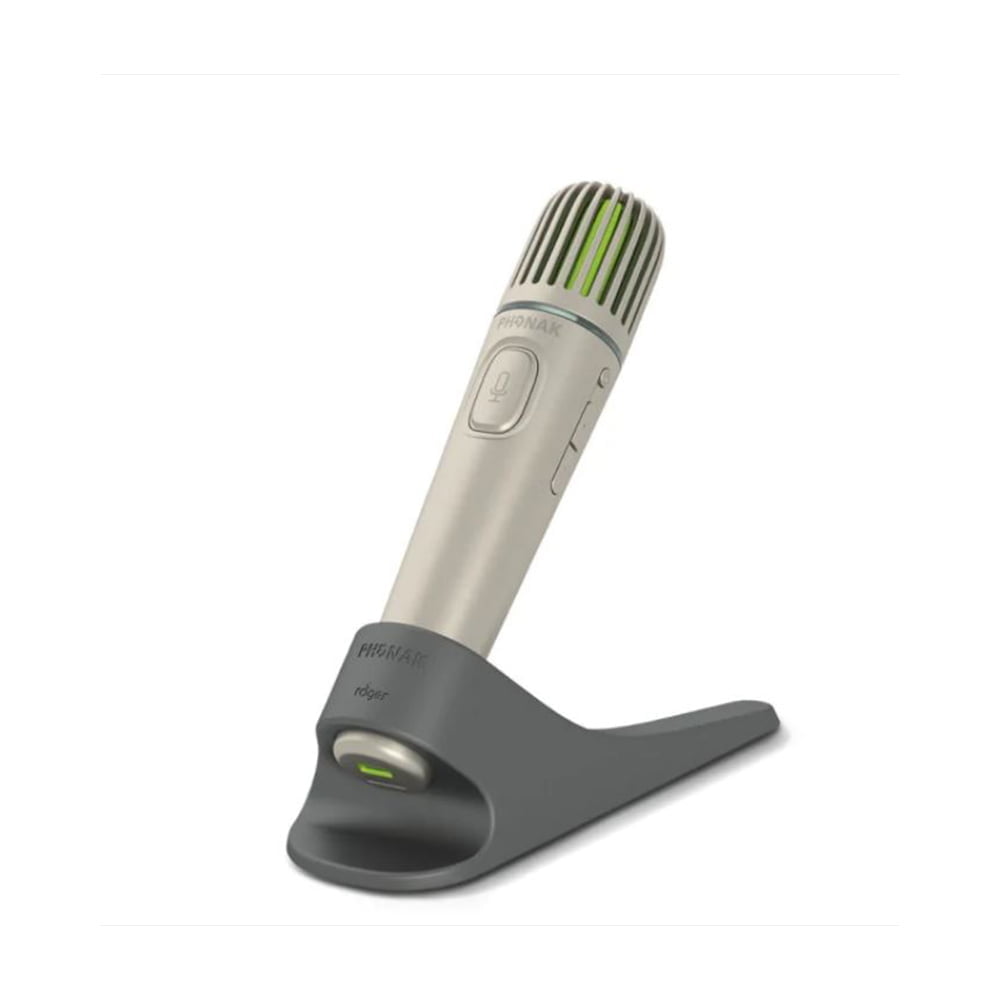
This highly advanced device embodies the new era of classroom amplification. Designed to be used in conjunction with the Roger Touchscreen Mic transmitter, the Roger Pass Around mic ensures that not only teachers, but all students are heard clearly: it can either be handed from one person to another or placed in its stand in front of multiple students.
Phonak Roger NeckLoop Receiver (Type 02)
This new-and-improved version of the previous Phonak Roger MyLink is specifically designed to function with educational products, including children’s hearing aid devices. It transmits audio from Phonak Roger microphones, as well as from various audio sources such as laptops or PCs. What is more, it is able to transmit and record the transcript from lessons into your chosen software!
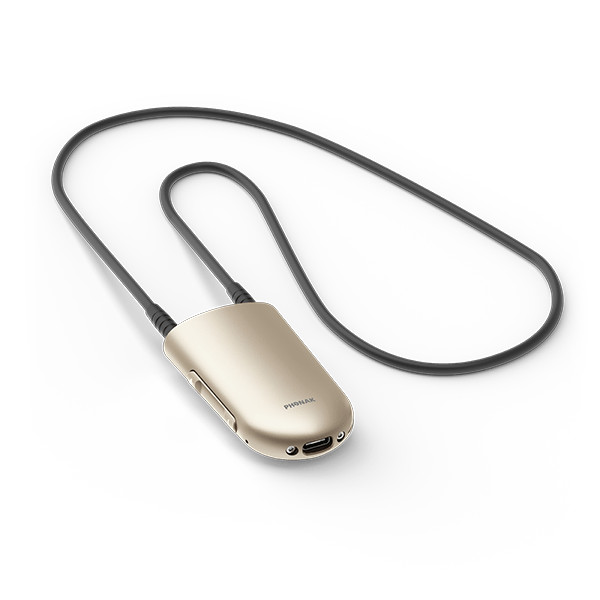
Starkey Livio Table Microphone

Specifically created to help improve speech understanding in noisy environments, this snazzy gadget is perfect for improving students on the deafness spectrum’s hearing in class. It allows the user to manually select the direction of the sound they wish to hear, but it can also predict the direction on its own thanks to its built-in artificial intelligence! Additionally, it doubles as a body-worn remote microphone for one-to-one conversations in environments with lots of background noise.
Are you looking for ways to improve your hard of hearing child’s educational experience? Why not have a look at our shop? We offer a robust range or microphones and FM hearing systems that can majorly transform the way in which they learn and interact with the world. Click here to browse!
